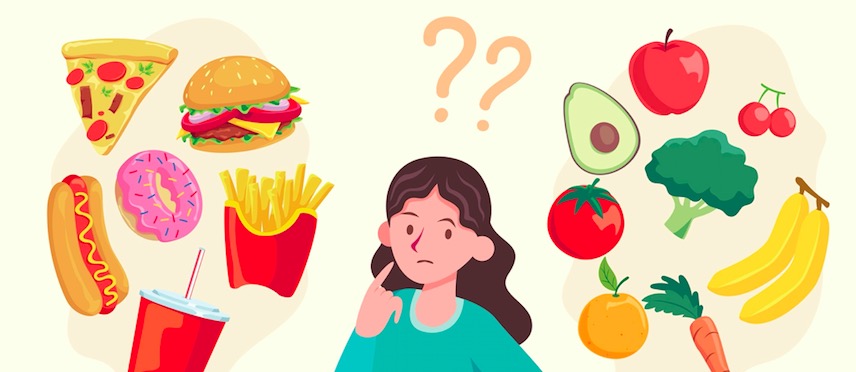Predicting F&B Trends With Your POS: How it Could Lead to Bigger Profits
Using your POS to predict customer trends is easier than you think and could yield surprising results.

Contents
New Tactics Needed as Many Restaurants Struggle
Given the fact that many countries are imposing strict measures on restaurants due to the ongoing Coronavirus pandemic, it is more important than ever for F&B businesses to adapt and adopt new strategies to prosper. Currently, governments are imposing restrictions ranging from seating capacity, opening hours and even total shutdown to limit the spread of the virus. With such drastic disruption to daily operations, technology has to be utilized to keep profits up and entice customers in new ways. Instead of investing in anything drastic or expensive, using your POS could be a simple solution to discovering customer trends and acting upon them quickly to gain favour and build up hype around your business.

The Virus has Drastically Changed Consumer Habits
A recent study performed in China reveals that only "one in every five Chinese consumers have maintained their ordinary diets during the coronavirus outbreak." This type of dietary shift has been brought about by worries surrounding the virus and a conscious effort by F&B consumers to eat healthier. The report shows that "consumers are being more demanding, especially with heightened health concerns." It is important to note that the changes seen in this study may not be reflective of the changes consumers make to their diets in other countries.

How Can Your POS Predict Customer Trends?
Unless your business is using a legacy system, your POS should come with data and analytics collection as part of the feature-set offered. POS systems these days not only offer up data pertaining to accounting, but they can offer important statistics about customer habits and item sales. This additional layer of depth ensures that your business will be able to track data from different months and learn how customers' behaviors might be changing.
For example, by closely monitoring your item sales, you might discover that certain items are no longer pulling in the same volume of orders they did before the pandemic. If F&B customers in your region are more health-conscious, you may see an uptick in salads or healthier food options, which can lead to better sales numbers if your business adapts accordingly. Your business could take things a step further by even offering discounts or deals on items that are popular. This would entice customers to purchase from your business rather than from competitors since you are offering them exactly what they are looking for.
In addition, by removing items that are low-sellers, you cut back on unnecessary ingredient costs and can declutter your menu, making it clear, concise and relevant to customers' tastes. Running social media promotions based on your POS data can help drum up even more excitement and if you offer takeaway or delivery specials, you can even tap into a new demographic of people who may want to avoid dining out at all costs.

The Right Sales Tactics can Create Customer Loyalty
When your business is able to successfully tailor its menu to cater to the needs of customers, you will begin to build loyalty and gain repeat customers. At this point, it may be worth investing in a loyalty system, or at the very least, beginning a basic email marketing campaign. Targeting your regular customers with relevant deals and discounts will make them feel appreciated and drive repeat business. Investing in a full-on loyalty program can help encourage additional spending as customers may benefit from greater rewards from spending more.

Don't Let the Virus Determine Your Success
Many businesses, especially in the F&B sector, are facing the very real threat of having to shut for good, or for a set period of time. Instead of letting COVID-19 run your business, take back control by making the most of the technology at your disposal and switching up your tactics. Using POS data is a sure-fire way to gain valuable insights into your customers' buying habits, which can, in turn, be turned into profits to keep your business running.